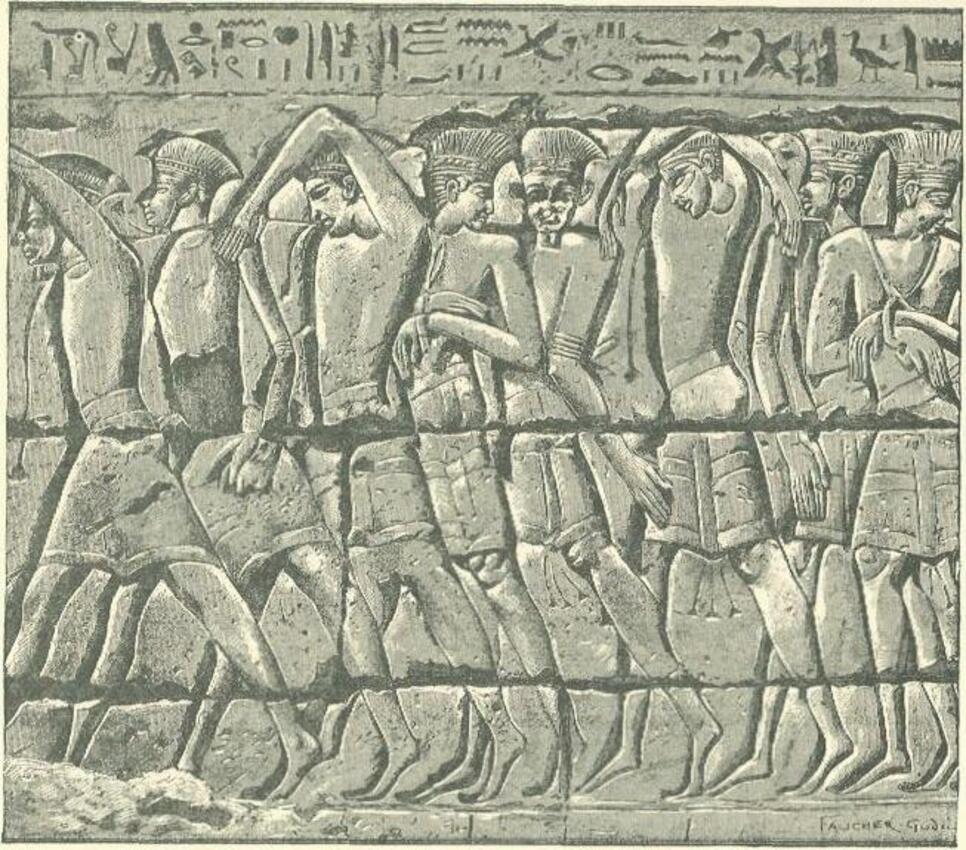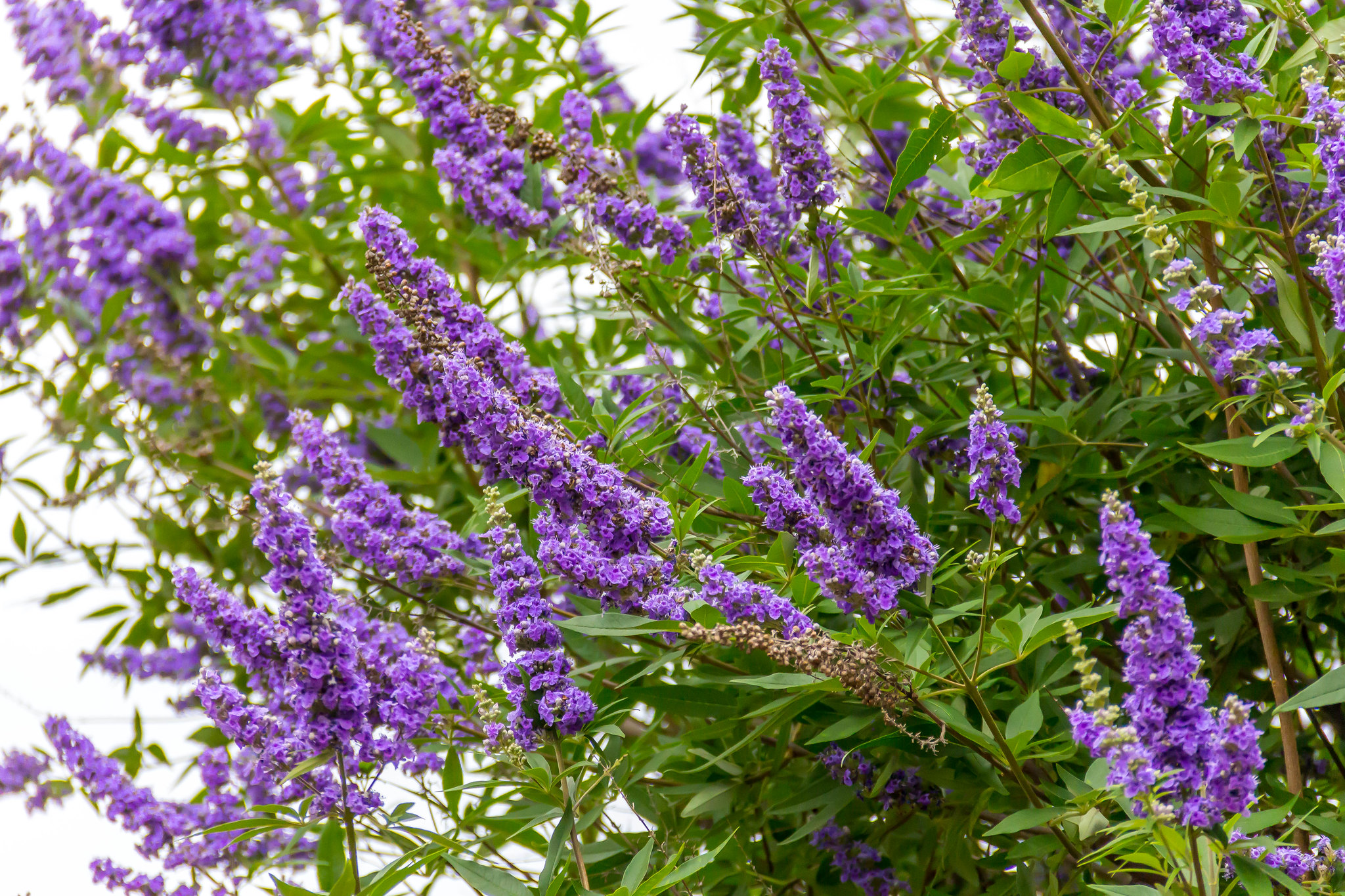
A new study examines the archaeological remains of food, seeds, and flowers found in the biblical city of Gath, Israel. These were used in the worship of female deities found at two Philistine temples. They were also used in ancient Greece.
A few of the plants found in both houses of worship are known for their medicinal or psychoactive qualities and were also used in ancient Greece in temples primarily dedicated to female deities such as Hera, goddess of marriage and childbirth, Artemis, goddess of vegetation, chastity, and childbirth, and Demeter, goddess of agriculture.
The study, which was published in Scientific Reports earlier this month, centers on two temples built on top of each other in the 10th century BC and 830 BC. They were wrecked by biblical King Hazael in his conquest of Gath, which is located in modern day central Israel near the Judean foothills.
The focus of the study was the plants found in the temples, including the remains of cereals, fruits, weeds, and herbs that the research team believe were prepared in situ as part of cult practices in the temples. They were consumed, sacrificed, and used as decorations.
Among the findings at the temples were loom weights, cooking facilities, and a storage jar from Jerusalem, which showed that some of the offerings in the house of worship may have been from the biblical kingdom of Judea. The loom weights are also evidence that women weaved in the temples for the goddess Asherah, the mother goddess in Canaanite and Philistine traditions. Loom weights were used in ancient Greece, too.
The Philistines have their origins in the Aegean Sea, settling in modern-day Southern Israel in the 12th century BC. They became ‘extinct’ around the 7th century, and while they are referenced in the Bible and in Egyptian and Assyrian texts, their traditions and religion still remain a mystery to this day.
Co-writer of the study Professor Aren Maeir of Bar Ilan University told The Times of Israel that the temples were “the first from an early period in Israel that have undergone a deep study of botanical remains.”
Plant matter reveals influence of ancient Greece on Philistine culture
The professor added that the discovery of “several plants that are known to be connected mainly to female deities in Greece” gave an indication of the foreign influences on Philistine culture. This may relate to the fact that some Philistines likely originated from Greece.
Included in these plants was the chaste tree with around one hundred fruits from the plant being found in the temples. The tree was used by Spartan cults in rites of worship for Artemis and Asclepios, the god of medicine. It was also made use of by the Heraion cult in Samos.

Another plant examined by the research team was the crown daisy flower, which was utilized as a medicine and insecticide in ancient times. The flowers were used to weave garlands to crown statues of Artemis.
The researchers claim that the chaste tree and crown daisy, both of which possess colorful flowers, were probably employed both as part of rituals and as decoration for the Philistine temples they were found in. There were also several other types of leaves and garlands from other plants unearthed at the site.

The two plants were unearthed alongside poison darnel, a hallucinogenic which was at one time used by midwives as a fortifying medicine.
Head researcher Dr. Suembikya Frumin claimed that the Philistine temples were the “earliest known ritual uses” of the chaste tree, crown daisy, and silvery scabious—another plant unearthed in the temples.
“These widespread Mediterranean plants connect Philistines with cultic rituals, mythology, and paraphernalia related to early deities of ancient Greece, such as Hera, Artemis, Demeter, and Asclepios,” she told The Times of Israel.
See all the latest news from Greece and the world at Greekreporter.com. Contact our newsroom to report an update or send your story, photos and videos. Follow GR on Google News and subscribe here to our daily email!



